How to choose a mattress for a bed: main criteria, expert advice
[ad_1]
Quality sleep is our health. Therefore, it is better to fall into the arms of Morpheus if you have a properly selected orthopedic mattress.
“During sleep, muscles and joints relieve tension, and the spine takes a position in which it is comfortable for it to stretch and bend,” says orthopedist Mikhail Fedorov. – A good mattress should contribute to this. Moreover, when purchasing, everything is important: its texture, composition, filling, manufacturing technology and shelf life.
Experts say that after the pandemic, when people began to get used to a sedentary lifestyle, the number of patients with “bad backs” increased sharply. In children and adolescents, scoliosis and kyphosis predominate, and in adults, osteochondrosis, muscle spasms and intervertebral hernias predominate. Of course, such ailments must be treated under the supervision of a qualified doctor, however, a good mattress can do a good job here. He will treat your spine under cover of night, regularly, efficiently and reliably.
“The heavier the person, the harder the mattress should be,” explains mattress salesman Maxim Ganchitsky. — It is best to choose a product that has a maximum load of 20 kilograms more than the weight of the sleeper. In terms of width, one meter is more than enough for one person. But if a person is fat, then, for example, for a matrimonial bed it is better to buy non-standard models of 200×220 centimeters – then it will be convenient for both the overweight person and his partner.
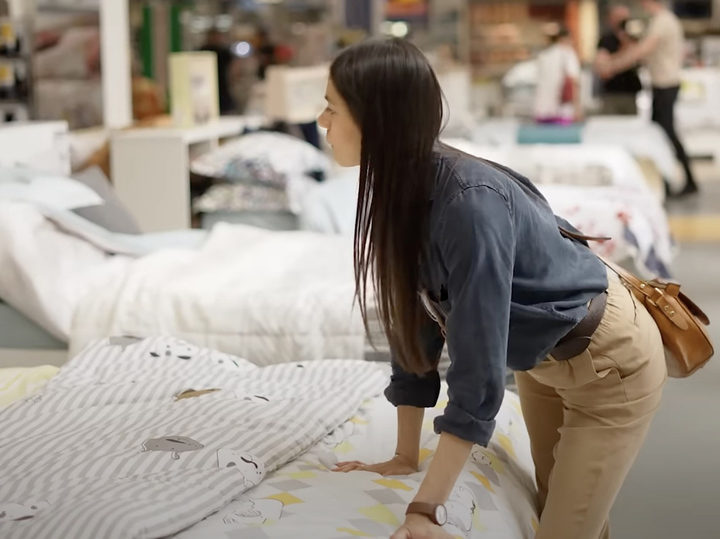
Mattress manufacturers seem to have taken everything into account. They understand perfectly well that often two people with very different weights sleep on the same mattress. For such pairs, modern manufacturers use double-sided models with different levels of rigidity on the sides. Luxury, would you say? No, this is already from the category of everyday comfort, like a multicooker or an electronic watch.
“A lot depends on the correct position of the spine during sleep,” clarifies Mikhail Fedorov. – Back pain and headaches, apathy, chronic fatigue – all these symptoms are often relieved not by pills, but by buying a new mattress.
Types of mattresses
Conventionally, mattresses can be divided into two categories: spring and springless. We won’t talk about the old spring modification, because it has long since outlived its usefulness. We are talking about the very first designs with a single system of springs on a wire frame. They are very easily pressed, and over time they begin to suffer from the so-called wave effect. Although these relatives of mats and mattresses are still sold, we will not consider their possible purchase. We are much more interested in their descendants – with a block of independent springs. They are orthopedic, which means they provide comfortable sleep.
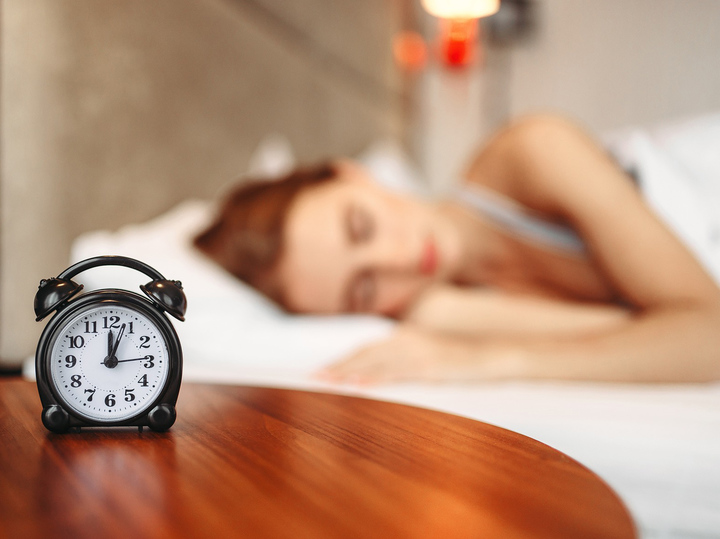
In such mattresses, each spring is packed in a separate case. It is precisely due to the fact that they all work autonomously, that is, independently of each other, that such a mattress ensures correct weight distribution and targeted support for each part of the body. There is no wave or hammock effect – the springs in this unit are very adaptive.
“A layer of coconut coir is usually evenly laid out on top of the springs,” says Anton Roshchin, a salesman at one of the capital’s furniture stores. — This mattress bends under the natural curves of the spine and supports the back in the correct position.
According to Anton, these mattresses can use hourglass or barrel springs. The diameter ranges from two to six centimeters. The number of turns is from four to eight. The fewer there are, the stiffer the frame. Sometimes there are completely different springs inside the same mattress. For example, in the head area there are parts of eight turns with a diameter of two centimeters, and in the hip area – with four turns and a diameter of six centimeters.
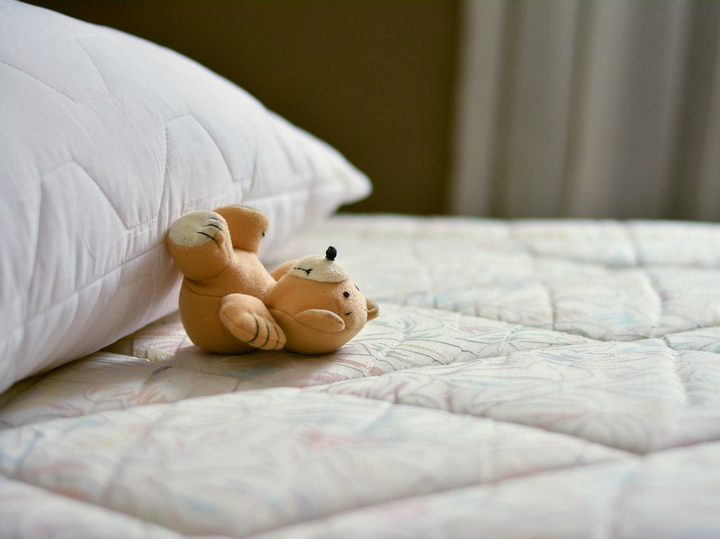
Springless mattresses do not contain any metal elements. Inside they have a so-called monolithic slab and several layers of different materials. There are five levels of hardness, which depend on the composition of the filler. It can be either artificial or natural. The most common combination of materials is coconut coir along with natural latex. In cheap models, polyurethane foam and holofiber are preferred. In the new generation samples, “memorix” foam has appeared, which has the ability to “remember” and follow the contours of the body.
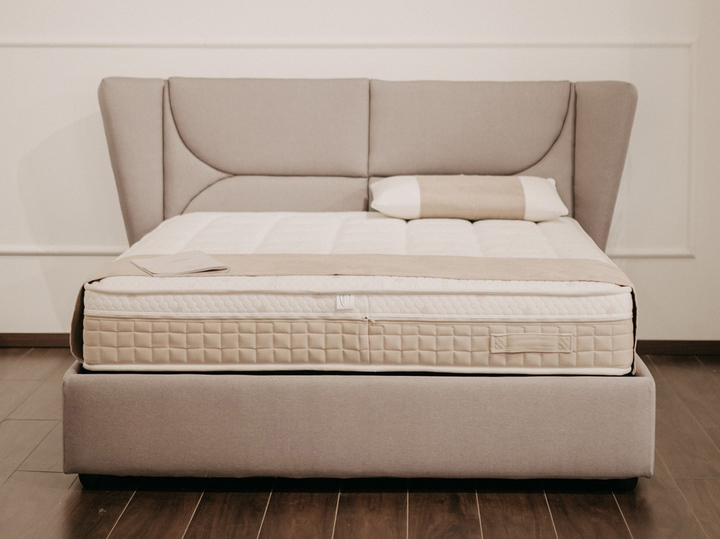
It is impossible to say that springless ones are better than spring ones or vice versa. Both of them cope with their tasks brilliantly. It is rather a matter of your taste, subjective feelings and the size of your wallet – which one to choose. Let’s say right away that the price range is huge. Therefore, here you are your own advisers. But here’s the nuance. Spring mattresses are not suitable for children and people with cardiovascular diseases because these products are shock absorbent. This may cause chronic breathing problems, and preschoolers and schoolchildren may experience problems with the formation of the spine. Still spring oscillation not such a harmless thing.
How to care for your mattress
In order for your favorite mattress to last longer, it, like any other thing in the house, needs basic care. Be sure to purchase a mattress protector that will help keep your mattress perfectly clean. If you think that one sheet will be enough, you are very mistaken. The sheet is not airtight; it allows moisture, sweat and fat to pass through, which will inevitably accumulate in the mattress over time. But you won’t be able to take it to the dry cleaner and clean it to a new state – this is not a fur coat or a coat.
Experts also recommend turning your mattress over periodically. While you sleep on one side, the fillings on the opposite side are restored.
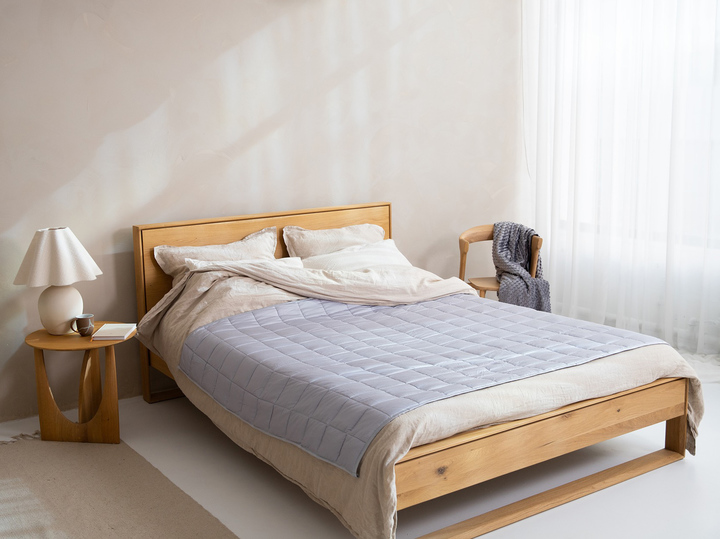
And finally, the selection of the base is also of great importance. If the mattress has many springs, it is better to choose a base with narrow slats so that there is support under each spring. If there are no springs, it is better to choose wider lamellas, and it is desirable that the distance between them be greater.
Pros of orthopedic mattresses
1. You can sleep one and a half times faster than on a simple mattress.
2. Sleep more soundly: you fall asleep faster, and wake up very rarely in the intervals before fully awakening.
2. While you sleep, the mattress is busy with an important task: preventing diseases of your musculoskeletal system.
3. Headaches are much less common.
4. In the morning, as a well-rested person, you will be in a better mood.
5. Correct posture and, as a result, a beautiful figure are now practically guaranteed to you.
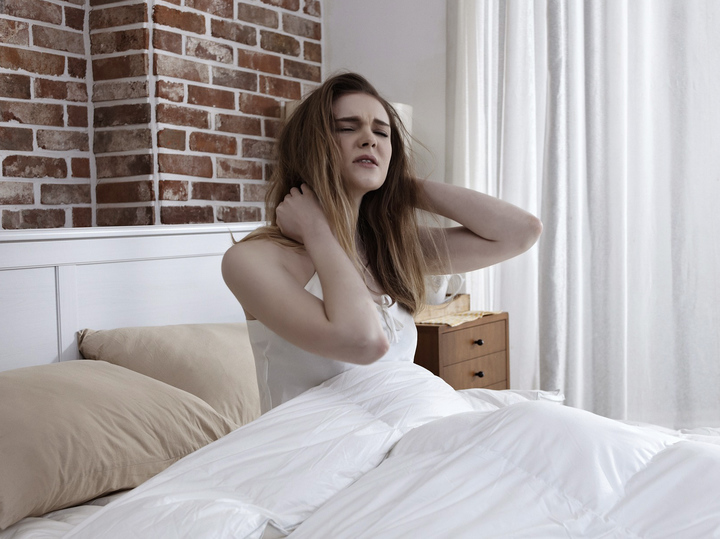
How to know when it’s time to buy a new mattress
1. 8-12 years have passed since the date of purchase of the old mattress.
2. Children have been jumping on it for more than 5 years.
3. You feel springs or lumps of filler on your skin
4. When the body moves, a creaking noise is heard
5. Potholes and bedsores appeared
6. You are showing signs of allergies
7. Adding a sleeping partner and increasing the load on the mattress
8. If you wake up from the slightest movement next to you, then the mattress is no longer able to dampen the “impulses” during your partner’s turns.
Which filler to choose
Polyurethane foam. It often serves as the basis for springless mattresses. Its undoubted advantage is the absorption of movements – that is, when you move, it does not make oscillatory movements. Thanks to its elasticity, it always returns to its original shape. It’s just that in the summer it’s quite hot to sleep on it.
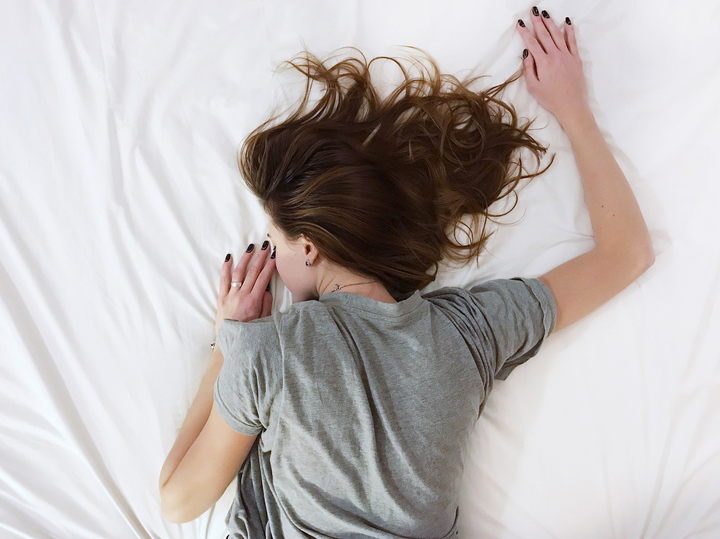
Latex. If it is natural, it can last 10-15 years, and if it is synthetic, then 5-10 years. Latex wears out faster than other fillers due to heavy weight and active movements, but it returns to its original shape in just a couple of seconds. At the same time, you will not have the feeling that you are drowning in it.
Coconut coir. The hardest and most orthopedic material that dissipates heat perfectly. You won’t feel hot on it.
Felt. Eco-friendly and ultra-durable, it is often used as an insulating layer between the base filler and the top layer.
Horsehair. It is more elastic than coir and quite rigid. Provides excellent heat exchange – it’s not cold to sleep on in winter, and not hot in summer.
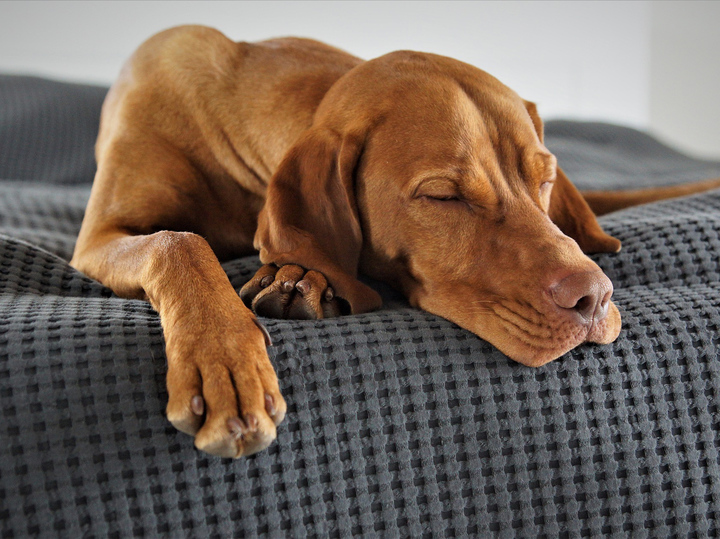
Wool. Heat-intensive, environmentally friendly, soft. However, not suitable for allergy sufferers
Cotton. It has ideal softness, retains heat perfectly, but with prolonged use it clumps into clumps.
[ad_2]
Source link








